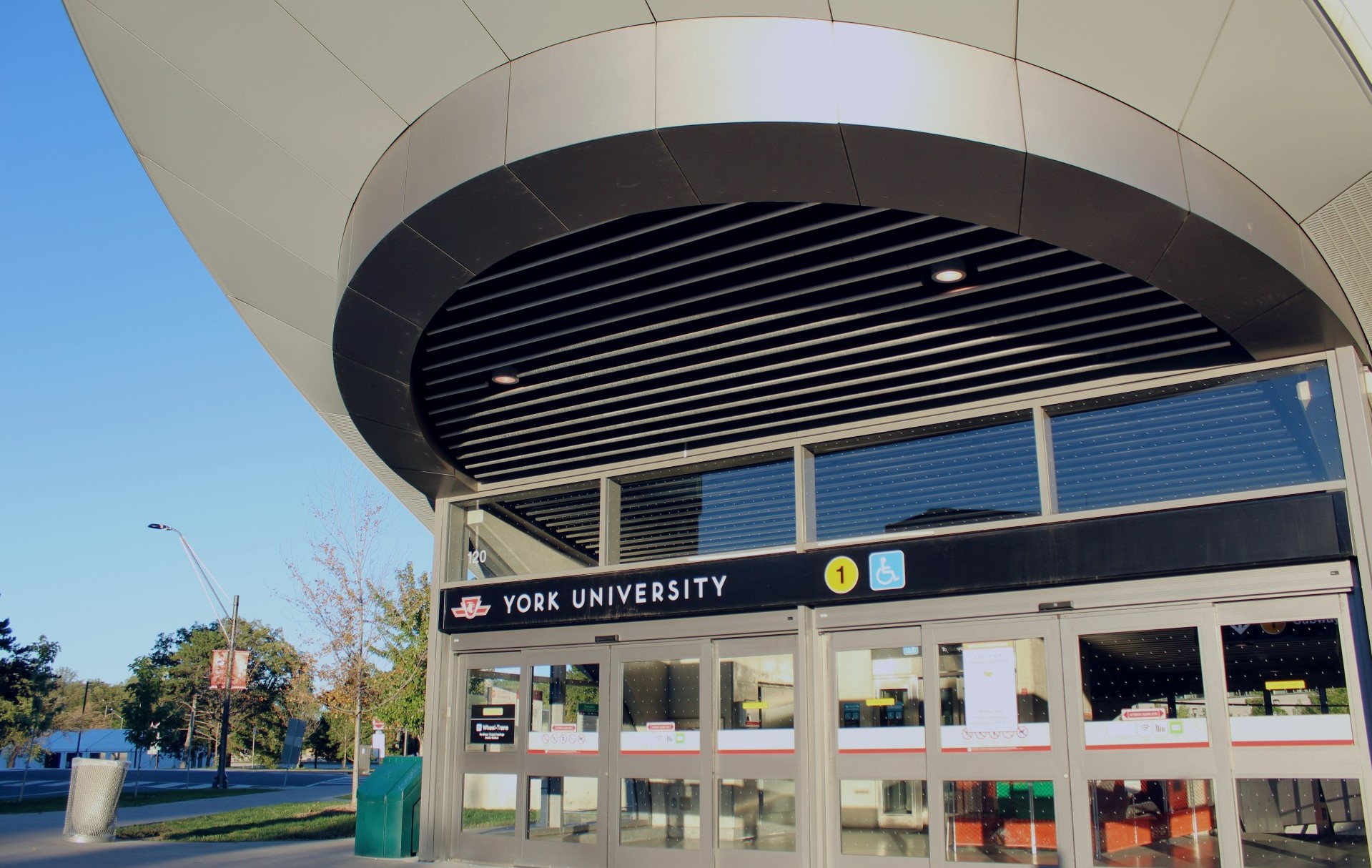With campuses across the province now providing in-person learning, hours of commuting have started back up for students. Hundreds of thousands of students rely on commuting to get to their classes across the GTA, but amidst the rising COVID-19 cases and the fear of the Delta variant, worries are starting to grow over student safety on public transit.
A published report conducted by the University of Toronto Transportation Research Institute found that 32 per cent of respondents said they would be riding transit less as a result of the pandemic. Twenty-eight per cent of respondents now find it harder to avoid commuting on public transit.
Mohammed Mohith, ambassador for StudentMoveTO and PhD student in the faculty of environment and urban change, notes that students generally were already at a disadvantage when it came to transportation before the lockdowns due to car and license accessibility, lack of infrastructure, and forced relocation as a result of COVID-19.
“Many had to change their plan in terms of study/work options to support their studies, future job search, and so on — needless to mention the effects on their social well-being,” says Mohith. “For international students, the situation was even more difficult,” he continues, noting housing, rent, and employment as added stressors for these international students.
“After the pandemic hit, we followed-up with an ongoing series of intensive interviews, in which we probed specifically the impact of the closures of campuses, the compromised availability of transportation options and related topics under COVID-19 restrictions,” says Roger Keil, professor in the faculty of environmental and urban change and co-applicant, noting that this research gave the organization a deeper understanding of issues facing students on transportation accessibility.
Nitish Bissonauth, spokesperson for Metrolinx, says they are confident in the safety actions put in place for their services such as GO Transit and UP Express.
“Over the past 18 months our focus has been on maintaining service for essential workers and ensuring customer and staff safety through vigorous and visible cleaning, mandatory masks, improved air ventilation, and transparent communications to build trust,” Bissonauth says.
They also claim that Metrolinx has “increased and adjusted service to meet the expected demand from customers returning to school” this fall, citing their ‘six-point safety checklist,’ which includes vaccination, mandatory masks, distancing, health monitoring, infection control, and ventilation.
Fabrizio Guzzo, acting general manager of York Region Transit (YRT), points to similar health precautions being taken, including front-door boarding and attempting to create a one-way flow of commuters exiting the train. Guzzo also adds that they are strongly encouraging commuters “to use contactless forms of payment,” including PRESTO.
Mohith, however, states that a lack of information about health and safety management in public transit is what is causing commuters’ main concerns.
Seyedmohsen Alavi, PhD student in the faculty of environmental and urban change and member of StudentMoveTO says that returning to pre-pandemic normal on transit is just going to get more complicated. “The interviews conducted by StudentMoveTO show that due to the COVID-19-related safety concerns, around 60 per cent of interviewees shifted from public transit to other modes, mainly private cars (47 per cent).”
Alavi contends that sharing real-time data by transit companies with transit applications would help reduce student safety concerns. “Public transit companies need to regularly monitor the public complying with COVID-19 safety measures and share safety data to reassure the users that taking public transit is safe,” Alavi says.


